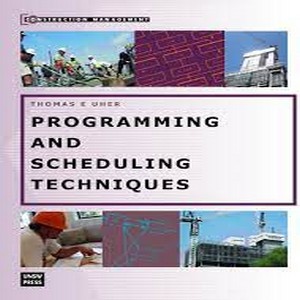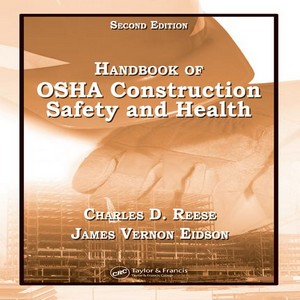Programming and scheduling techniques
Brings together the most commonly used scheduling techniques in the construction industry including bar chart, critical path, multiple activity chart and line of balance.
Also addresses time and resource scheduling, earned value, critical chain scheduling and probability scheduling using both Monte Carlo simulation and PERT.
Planning is an important management function and its effective execution is a condition precedent for successful project outcomes.
Programming and scheduling techniques addresses operational rather than strategic aspects of planning of construction projects.
It describes specific scheduling techniques and processes commonly used in the construction industry. While used mainly at the construction stage, the described techniques and processes are suitable for application across all the stages of the project life cycle.
Many books have been written on aspects of construction scheduling, but they largely focus on the critical path method and do not provide a comprehensive review of a range of scheduling techniques.
Programming and scheduling techniques attempts to redress this problem.
While Programming and scheduling techniques serves as a reference for construction industry practitioners, it has mainly been written as a text and reference material for students studying architecture, building, construction management and civil engineering, and for quantity surveying undergraduate and postgraduate programs.





Reviews
There are no reviews yet.